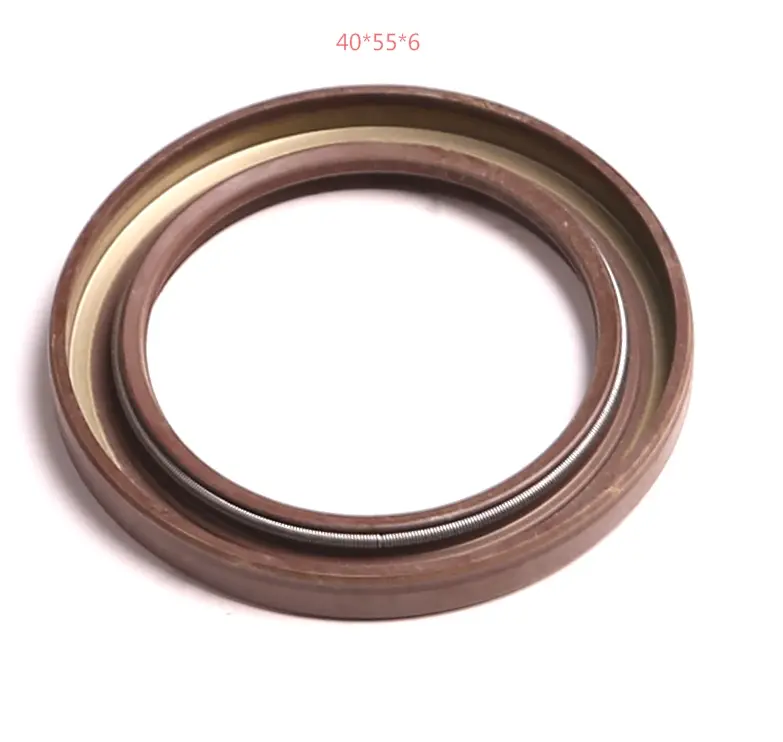7 月 . 27, 2024 00:34 Back to list
Versatile Applications of Synthetic Rubber Gaskets in Industry and Home Maintenance Solutions
The Importance of Synthetic Rubber Gaskets in Modern Industry
Synthetic rubber gaskets play a critical role in numerous applications across various industries. These components are essential for creating airtight and watertight seals in mechanical systems and equipment. The unique properties of synthetic rubber, including resistance to chemicals, temperature variations, and wear, make these gaskets an ideal choice for diverse applications.
What Are Synthetic Rubber Gaskets?
Gaskets are sealing devices placed between two or more surfaces to prevent leaks and ensure a secure fit. Synthetic rubber gaskets are made from artificially produced rubber compounds, designed to outperform their natural counterparts in terms of durability and performance. Common synthetic rubber materials include neoprene, nitrile, silicone, and EPDM (ethylene propylene diene monomer). Each type of synthetic rubber offers specific advantages, making them suitable for various applications.
Advantages of Synthetic Rubber Gaskets
1. Chemical Resistance Synthetic rubber gaskets possess excellent resistance to a wide range of chemicals, including oils, solvents, and acids. This attribute is particularly important in industries such as automotive, aerospace, and chemical processing, where exposure to harsh substances is common.
2. Temperature Tolerance Many synthetic rubber materials can withstand extreme temperatures without losing their sealing capabilities. For instance, silicone gaskets can function effectively in temperatures ranging from -70°F to +500°F (-57°C to +260°C), making them suitable for high-heat applications like automotive engines and industrial machinery.
3. Durability and Longevity Synthetic rubber gaskets are designed to resist wear and tear, ensuring a long lifespan even in challenging environments. This durability translates to reduced maintenance costs and increased reliability in critical systems, such as HVAC units, pumps, and engines.
4. Customization Synthetic rubber gaskets can be easily tailored to meet specific requirements, including shape, size, and thickness. This flexibility enables engineers and designers to create gaskets that fit precisely within their applications, improving overall performance.
synthetic rubber gasket

5. Cost-Effectiveness While the initial cost of synthetic rubber gaskets may be higher than some traditional materials, their longevity, resistance, and reduced need for replacements often offset this investment. Over time, businesses can save money by utilizing these high-performance gaskets.
Applications of Synthetic Rubber Gaskets
The versatility of synthetic rubber gaskets allows them to be used in a variety of applications
- Automotive Industry Gaskets are critical in ensuring engine integrity and preventing leaks in fluids, oils, and gases. Synthetic rubber gaskets are commonly found in intake manifolds, valve covers, and oil pans.
- Aerospace In aircraft systems, gaskets provide essential seals in fuel lines and hydraulic systems, where failure can lead to catastrophic consequences. The high-temperature and low-pressure environments typically encountered in aviation require reliable sealing solutions.
- Industrial Equipment Manufacturing machines, pumps, and compressors often require gaskets to maintain operational efficiency. Synthetic rubber gaskets minimize downtime and ensure smooth operations in production lines.
- HVAC Systems Effective sealing is crucial in heating, ventilation, and air conditioning systems. Synthetic rubber gaskets prevent air leaks, contributing to energy efficiency and comfort in residential and commercial buildings.
Conclusion
In conclusion, synthetic rubber gaskets are indispensable components in numerous industries, providing reliable sealing solutions that enhance safety, efficiency, and performance. Their unique properties, including chemical resistance, temperature tolerance, and durability, make them suitable for diverse applications. As industries continue to evolve and face new challenges, the importance of synthetic rubber gaskets will only increase, highlighting their role as a foundational element in modern engineering and manufacturing. Embracing advancements in synthetic rubber technology will undoubtedly lead to even greater innovations and applications in the future.